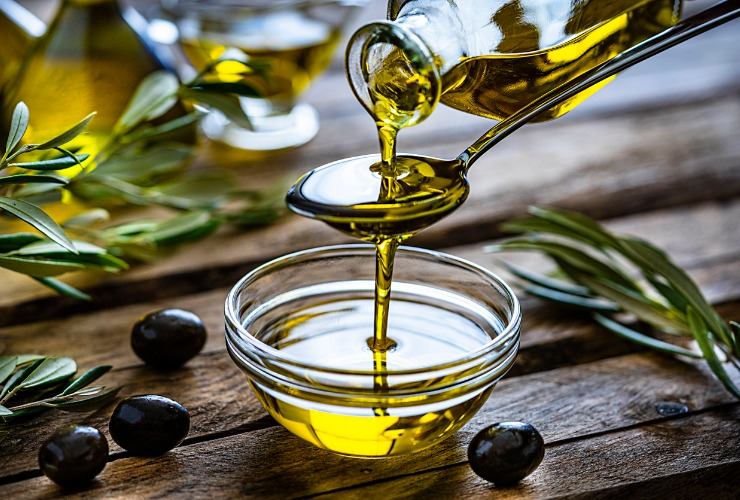17 Best Anti-inflammatory Plants (You Pass Them Every Day) Herbs and some fruits have numerous analgesic and anti-inflammatory properties, which makes them reduce pain and facilitate movement. Some plants not only provide temporary relief, but are recommended for people with various joint problems (e.g. RA) because in many studies it has been proven that they reduce joint cartilage damage, reduce joint stiffness, etc. Below is a list of the 17 best herbs, plants and fruits for joints. We have described here their use, specific tips and other interesting facts that may be helpful to you. It is not recommended to use any of the plants listed here during breastfeeding, children or pregnant women PLANTS FOR EXTERNAL USE 1. Arnica A common ingredient in traditional ointments, as well as tinctures for joints and rheumatic pains, is a plant associated with the mountains - arnica. Arnica has strong anti-inflammatory properties. How to use arnica The whole plant is poisonous, so the tinct...






